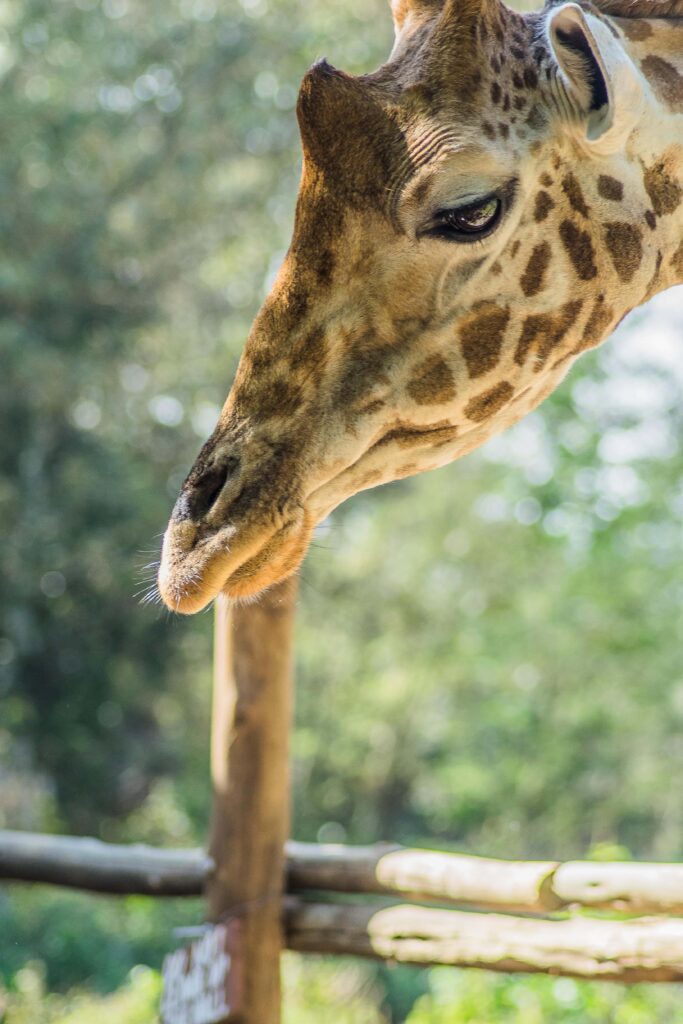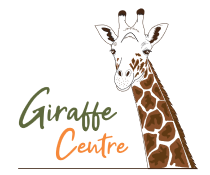Literature on African Societies child naming ceremonies is quite fascinating. Mark Babatunde in his article titled 7 Most Fascinating Traditional African Baby Naming Ceremonies, describes the naming ceremony of a new baby among many African communities as one of the most important rites of passage in life as it announces the birth of a newborn, introduces the child to his or her extended family and the larger community, and above all, it confers on a child name. According to the Sweet Mother International organization, birth and child naming are the very substance that weaves the thread, binding us into something larger than ourselves, towards which all of humanity gravitates.
Different African Sociology Scholars have described child birth and naming as joyful communal affairs, quite universal and persistent across generations. However, traditions vary with a given community, time and region. The two events have great significance for life perpetuation of the community in the future. As the new generation can offer that support to the old generation when they need support in old age.

Giraffe naming process is not new at AFEW Kenya – Giraffe Centre as it started way back in 1979 at the time when the idea of saving the Rothschild’s giraffes from western Kenya was born. Betty Leslie Melville, the co-founder of AFEW Kenya named the first two young giraffes brought to their property in Lang’ata, Nairobi as Daisy and Marlon. Daisy was named after her favorite flower ‘Daisy” which grew abundantly within her home compound. From 1979 – 2017, all giraffes born or brought to Giraffe Centre were given names of people from different parts of the world who in one way or another have made a major contribution to AFEW’s conservation work.
However, from 2017 this naming process was changed in favour of adopting a universal giraffe naming system. The new naming system use Kiswahili names of flowers and trees. With the adoption of the new naming system, female giraffes are named after flowers while male giraffes are named after trees to represent their femininity and masculinity nature respectively. Active involvement of the general public has been at the core of this process. Members of general public are allowed to suggest or choose their most preferred giraffe name through AFEW’s social media platforms.
Just like in traditional African society, when a child is born, midwife normally announces the birth of the newborn child to the larger community. In most instances, the parents hold celebrations in appreciation to the creator for the gift of a newborn. Many people in the community including relatives, friends and neighbors will from time to time come to celebrate and rejoice with the family. They also bring different gifts for the mother and newborn child. Offering gifts to the newborn is done among African communities as a way of showing love, friendship and blessings to the child, mother and community

AFEW – Giraffe Centre would like to invite the general public in the virtual naming of three female giraffe calves. This event will be held on Monday, June 21st, 2021 as part of commemorating the World Giraffe Day which is normally marked every year on June 21st. Feel free to follow the link below and join us in celebrating these giraffe calves. We would also like to appeal to the general public to make financial contributions as gifts towards celebrating milestones made towards saving Rothschild’s giraffe from silent extinction. Send contributions of at least KShs.1000 equivalent to USD 10 towards this worth cause. All proceeds will go towards giraffe welfare management and eventual return to the wild of the young giraffes once they attain the recommended giraffe translocation age by Kenya Wildlife Service.
Why should you participate in this giraffe naming programme?
- You will receive acknowledgement for your support/contribution with your name appearing on the list of sponsors during the naming ceremony.
- You will receive regular updates of the named giraffes from AFEW Kenya.
- You will be invited to witness the eventual translocation of the same giraffes from the Giraffe Centre to a selected suitable habitat as part of the reintroduction back to the world to increase the natural population of Rothschild’s giraffes in Kenya.
To support the conservation of the Rothschild Giraffe, use this link to the platform to use for sending your contribution.
https://www.giraffecentretickets.co.ke/donation
References
- https://face2faceafrica.com/article/7-fascinating-traditional-african-baby-naming-ceremonies
- https://www.bbc.com/news/world-africa-37912748
